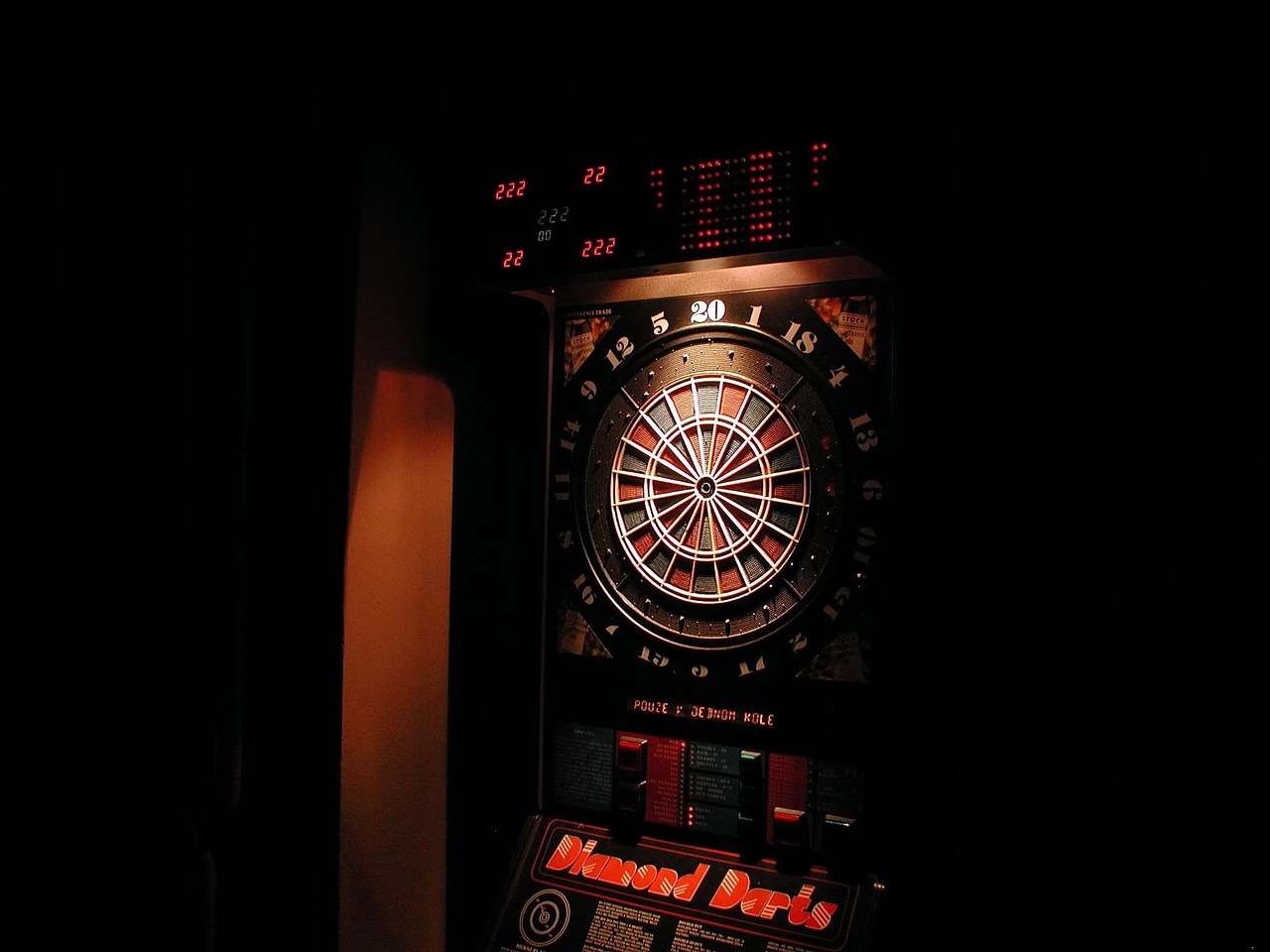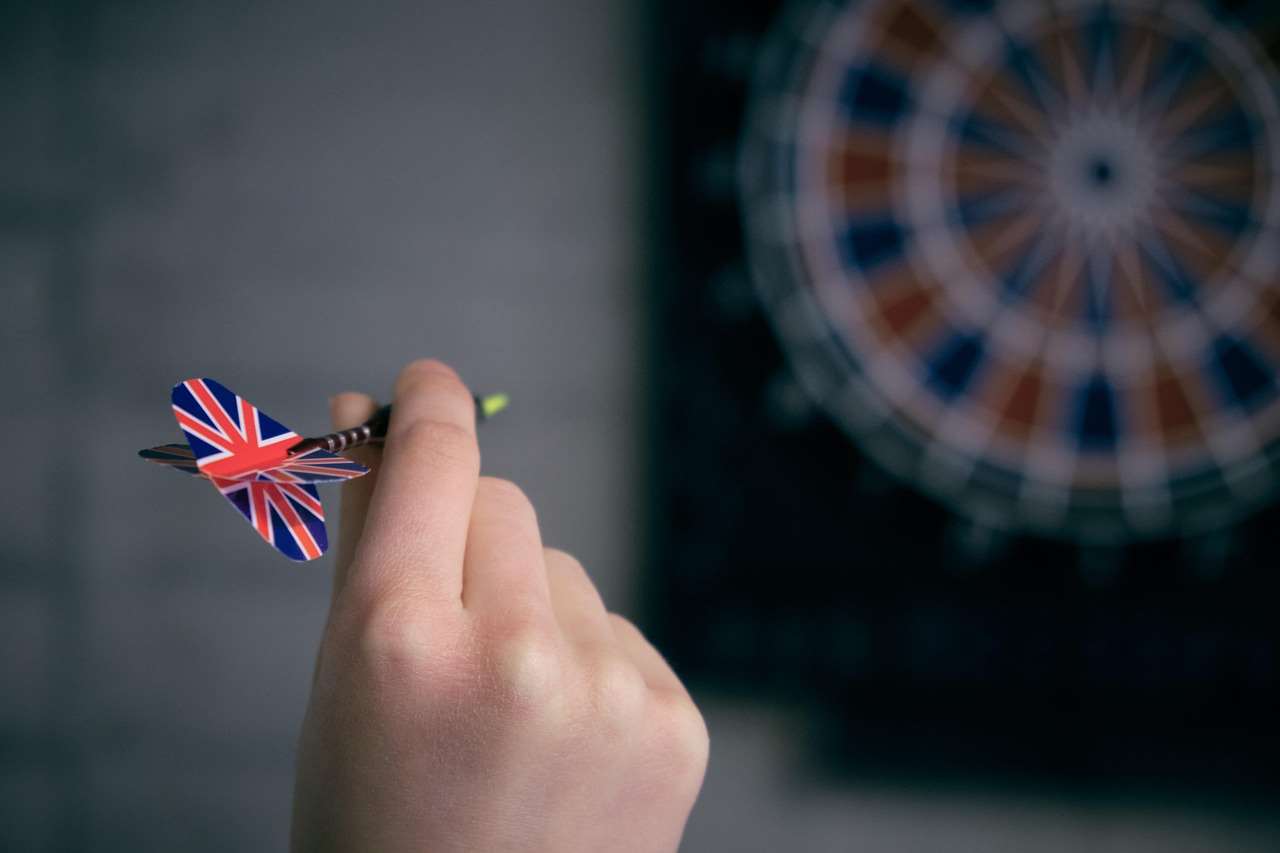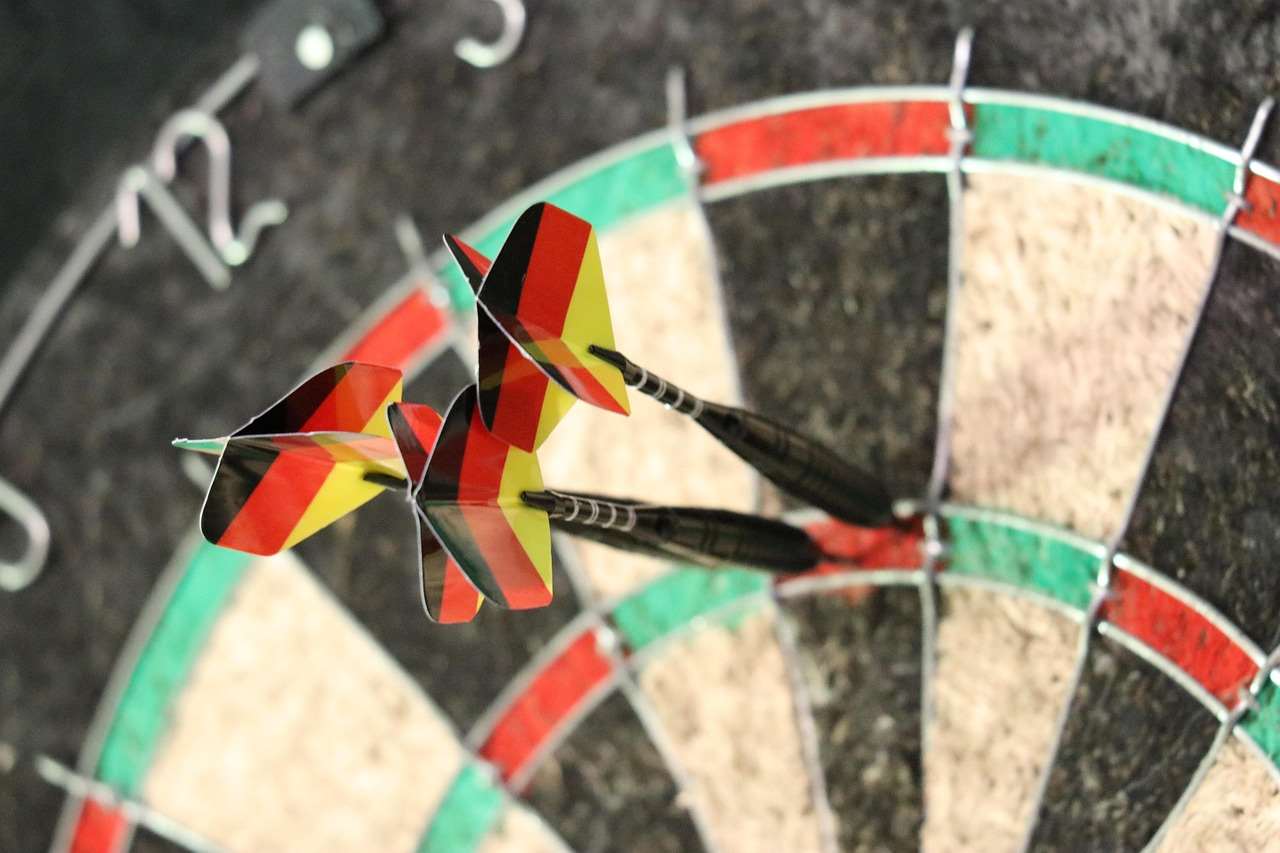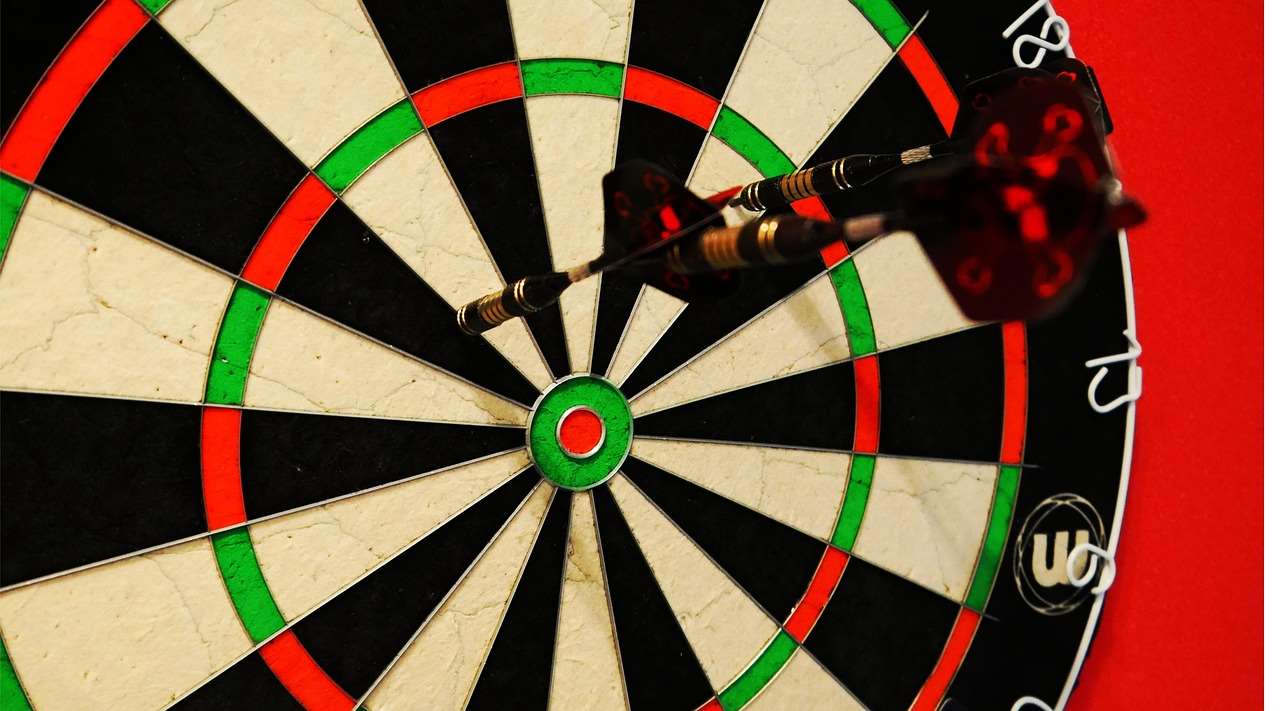Achieving **darts finishing mastery** means turning high scores into closed legs consistently; this article reveals the most effective strategies for checkouts, from understanding the board to mastering key combinations. We’ll explore common checkout routes, mental strategies, practice drills, and equipment choices to elevate your game.
⚠️ Still Using Pen & Paper (or a Chalkboard)?! ⚠️
Step into the future! The Dart Counter App handles all the scoring, suggests checkouts, and tracks your stats automatically. It's easier than you think!
Try the Smart Dart Counter App FREE!Ready for an upgrade? Click above!
Unlocking Darts Finishing Mastery: Essential Strategies
Consistent scoring gets you to a finish, but darts finishing mastery is what wins matches. It’s about converting opportunities under pressure, making the right choices, and having the confidence to execute. This section dives into the core principles that underpin successful checkouts.

Understanding the Dartboard for Checkouts
Before diving into specific combinations, a thorough understanding of the dartboard is crucial. Knowing the values of each segment, the location of doubles and trebles, and the strategic importance of certain numbers is essential. This knowledge forms the foundation of your checkout strategy.
- The 20 Bed: The highest scoring area, but also one of the most common to block when aiming for a double.
- The 19 Bed: A reliable alternative to the 20 bed when needing a slightly lower score, or to open up an easier checkout route.
- The Treble 20: Essential for rapid scoring, but avoid excessive reliance if you’re setting up for a difficult checkout.
- The Doubles Ring: This is the final target for any leg. Understanding its layout and the adjacent numbers is vital. Practice hitting doubles consistently.
The Mental Game of Finishing
Checkout attempts often occur under immense pressure. Mastering the mental aspect is just as important as knowing the combinations. Nerves can easily lead to missed doubles and blown opportunities. Implement these techniques to maintain composure:
- Visualization: Before throwing, visualize the dart hitting the target double. This helps build confidence and reinforces your aim.
- Breathing Techniques: Deep, controlled breaths can help calm your nerves and steady your hand.
- Positive Self-Talk: Replace negative thoughts with positive affirmations. Believe in your ability to hit the checkout.
- Routine: Develop a pre-throw routine and stick to it, even under pressure. This helps maintain consistency and focus.
Common Checkout Combinations: Building Your Arsenal
Memorizing common checkout combinations is a cornerstone of darts finishing mastery. Having a repertoire of go-to finishes allows you to think quickly and make informed decisions at the oche. While memorization is important, understanding *why* these combinations work is even more critical.

Essential Two-Dart Checkouts
Two-dart finishes are the most efficient way to close out a leg, so prioritize learning these combinations. Here are some of the most common and effective:
- 170: T20, T20, Bullseye (the maximum checkout).
- 160: T20, T20, D20.
- 100: T20, D20
- 81: T17, D15
- 40: D20.
- 32: D16
- 16: D8
- 8: D4
- 4: D2
- 2: D1
Many of these are simple doubles that are useful to know no matter what the score is.
Effective Three-Dart Combinations
When a two-dart finish isn’t available, knowing how to set up a comfortable two-dart checkout with your first dart is key. The goal is to leave yourself with a manageable double.
- 141: T20, T19, D12.
- 101: T17, D25, D12.
- 85: T15, D20
- 61: T11, D14

These are just a few examples. The key is to practice these combinations until they become second nature. Experiment with different routes and find what works best for you. The more you understand the relationships between the numbers, the easier it will be to calculate checkouts on the fly. You might find yourself checking out with an 18 dart leg average!
Advanced Checkout Strategies: Taking Your Game to the Next Level
Beyond the basic combinations, darts finishing mastery involves understanding advanced strategies and tactical considerations. This includes planning your route, blocking opponents, and adapting to changing circumstances. Here’s where things get interesting!
Planning Your Route to the Double
Don’t just aim for the first number that comes to mind. Think several darts ahead and plan your route to the double. Consider these factors:
- Consistency: Choose numbers you’re comfortable hitting consistently.
- Setup: Aim for numbers that leave you with a favorable two-dart checkout.
- Opposition: Consider your opponent’s score and try to block their potential checkouts.
Blocking Your Opponent
A key tactic in darts finishing mastery is blocking your opponent. If they’re on a checkout, try to leave them with an unfavorable number or a difficult combination. This can put them under pressure and increase your chances of winning the leg.

For example, if your opponent is on 82 (T14, D20), leaving them on 48 can be a useful strategy. They can only check it out via S16, D16, or T16.
You can learn more in depth information about various scores and checkouts, such as with a dartboard cover.
Adapting to Changing Circumstances
Darts is a dynamic game, and you need to be able to adapt to changing circumstances. If you miss your intended target, don’t panic. Re-evaluate the situation and choose a new route to the double. Flexibility and quick thinking are essential for successful checkouts.
Practice Drills for Darts Finishing Mastery
Darts finishing mastery requires dedicated practice. Here are some drills to improve your checkout skills:
- Checkout Practice: Start with a predetermined score (e.g., 170) and practice hitting the required combination. Repeat this drill with various scores and combinations.
- Round the Board on Doubles: Start at D1 and work your way around the board, hitting each double in sequence. This improves your accuracy and consistency on the doubles ring.
- Killer: A multi-player game where each player must claim a number and then hit it three times to become a “killer.” The goal is to eliminate all other players by hitting their numbers three times. This drill improves your accuracy and focus under pressure.
Equipment Considerations for Better Checkouts
While skill is paramount, the right equipment can enhance your performance and contribute to **darts finishing mastery**. While you can play darts with a Firebase Z dartboard if you want, you’ll typically want a regulation board. Here are some things to consider:

- Darts: Experiment with different weights, shapes, and materials to find darts that suit your throwing style. A good set of dart barrels can make a big difference.
- Dartboard: Invest in a high-quality dartboard made of sisal fibers. This will provide a consistent and durable playing surface.
- Flights and Shafts: Experiment with different flights and shafts to optimize the aerodynamics of your darts.
Conclusion: Embrace the Path to Darts Finishing Mastery
Darts finishing mastery is a journey that requires dedication, practice, and a strategic mindset. By understanding the principles outlined in this article, memorizing key combinations, and implementing effective practice drills, you can significantly improve your checkout skills and elevate your game. Remember to stay calm under pressure, plan your route to the double, and adapt to changing circumstances. With consistent effort, you’ll be checking out like a pro in no time. Now, grab your darts and start practicing! Visit our website at Free dart score app to find resources to help you score and practice your darts today.
Hi, I’m Dieter, and I created Dartcounter (Dartcounterapp.com). My motivation wasn’t being a darts expert – quite the opposite! When I first started playing, I loved the game but found keeping accurate scores and tracking stats difficult and distracting.
I figured I couldn’t be the only one struggling with this. So, I decided to build a solution: an easy-to-use application that everyone, no matter their experience level, could use to manage scoring effortlessly.
My goal for Dartcounter was simple: let the app handle the numbers – the scoring, the averages, the stats, even checkout suggestions – so players could focus purely on their throw and enjoying the game. It began as a way to solve my own beginner’s problem, and I’m thrilled it has grown into a helpful tool for the wider darts community.